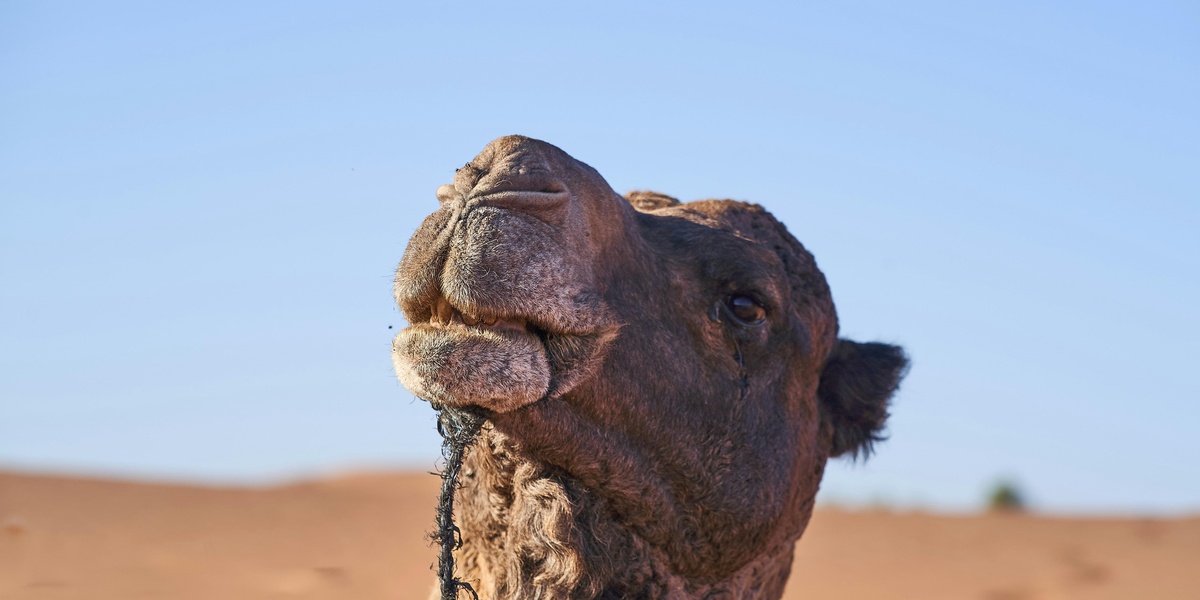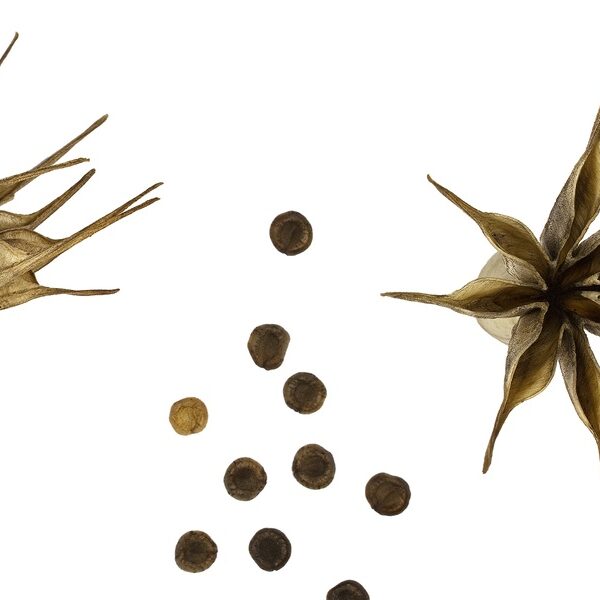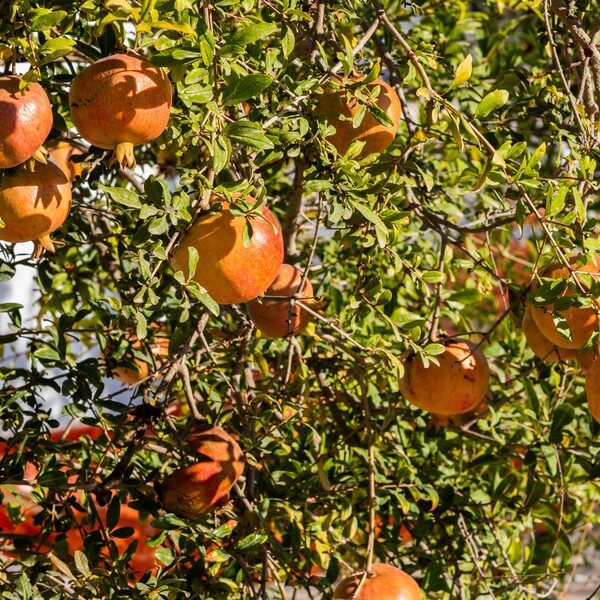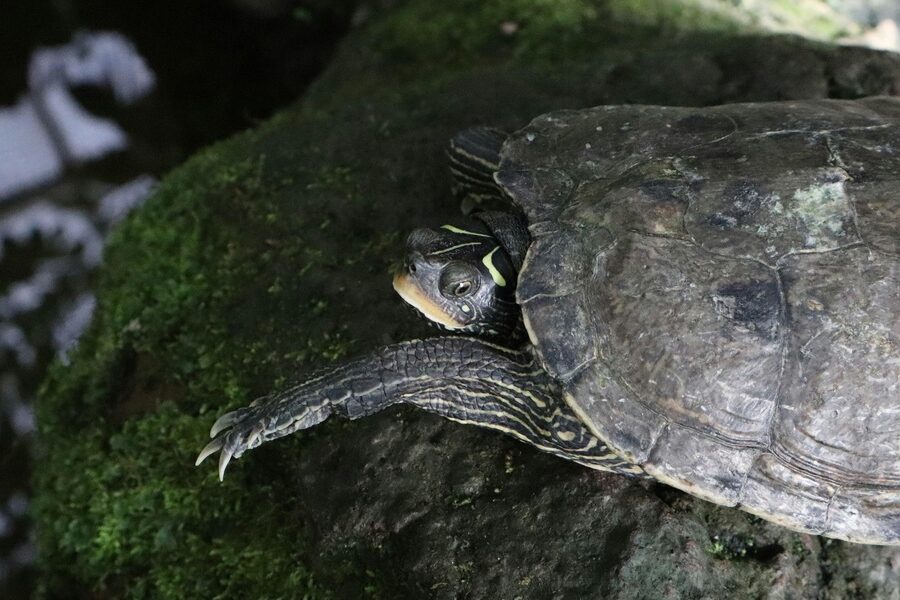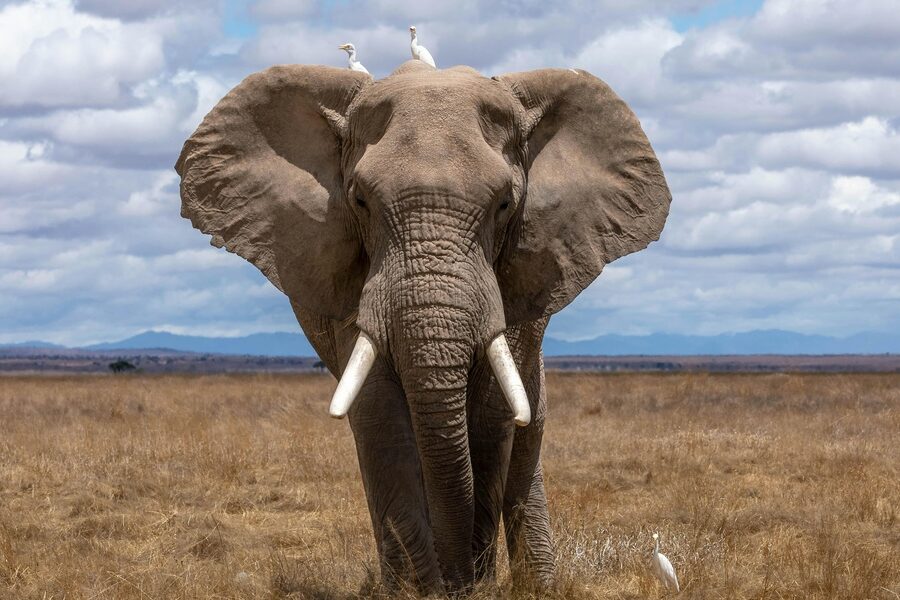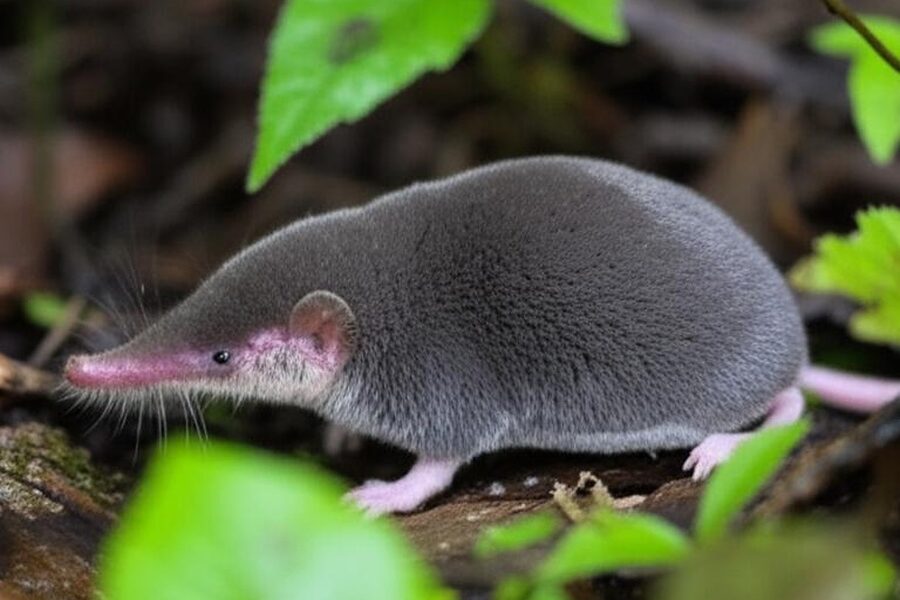North Africa’s varied landscapes—from Mediterranean coasts and the Atlas Mountains to vast Saharan plains—support a wide mix of mammals, birds and reptiles adapted to different climates and human pressures. This list collects those species in one place to give a clearer picture of regional biodiversity and where animals occur.
There are 56 Animals of North Africa, ranging from Addax to Striped hyena. Each entry is organized with Scientific name,Range & habitat,IUCN status so you can quickly see taxonomy, typical locations and conservation concerns, and you’ll find those details in the list you’ll find below.
Which North African animals are most at risk?
Threat levels vary, but some species—most notably the Addax—face very high extinction risk, while others are vulnerable due to habitat loss, hunting or fragmentation; check the IUCN status column for each species to see current assessments and prioritize conservation attention.
How can I use this list to plan wildlife observation trips?
Use the Range & habitat column to target specific ecosystems (mountains for macaques, deserts for oryx and addax, coastal zones for migratory birds), then consult local guides and protected-area rules noted in the IUCN status to choose the right season and ensure responsible viewing.
Animals of North Africa
| Name | Scientific name | Range & habitat | IUCN status |
|---|---|---|---|
| Barbary macaque | Macaca sylvanus | Morocco, Algeria mountains and cedar forests | Endangered |
| Barbary sheep | Ammotragus lervia | Atlas Mountains, Sahara edges rocky slopes | Vulnerable |
| Dorcas gazelle | Gazella dorcas | Sahara, Sahelian zones, arid plains | Vulnerable |
| Cuvier’s gazelle | Gazella cuvieri | Northwest Africa: Morocco, Algeria, Tunisia mountains | Endangered |
| Addax | Addax nasomaculatus | Saharan deserts and dunes (very rare) | Critically Endangered |
| Fennec fox | Vulpes zerda | Sahara and arid zones, dunes and scrub | Least Concern |
| Rüppell’s fox | Vulpes rueppellii | Sahara, arid plains and rocky areas | Least Concern |
| Red fox | Vulpes vulpes | Widespread in North Africa: varied habitats | Least Concern |
| Striped hyena | Hyaena hyaena | Scattered across Morocco to Egypt deserts and semi-arid | Near Threatened |
| Caracal | Caracal caracal | Sahara margins, scrub, rocky areas | Least Concern |
| African wildcat | Felis lybica | Widespread in North Africa: deserts to scrub | Least Concern |
| African golden wolf | Canis lupaster | Egypt, Libya, Tunisia, Morocco open habitats | Least Concern |
| Cheetah | Acinonyx jubatus | Saharan oases and deserts (very rare) | Vulnerable |
| Barbary partridge | Alectoris barbara | Northwest Africa scrub, hills and farmland | Least Concern |
| Houbara bustard | Chlamydotis undulata | Saharan plains and semi-desert | Vulnerable |
| Greater flamingo | Phoenicopterus roseus | Coastal lagoons, salt pans across N Africa | Least Concern |
| Audouin’s gull | Ichthyaetus audouinii | Northwest African coasts, islands, lagoons | Near Threatened |
| Egyptian vulture | Neophron percnopterus | Coasts, cliffs, open country across N Africa | Endangered |
| Moussier’s redstart | Phoenicurus moussieri | Morocco mountains and dry scrub | Least Concern |
| Little owl | Athene noctua | Farmland, orchards, open woodland across N Africa | Least Concern |
| Common kestrel | Falco tinnunculus | Open habitats across North Africa | Least Concern |
| Peregrine falcon | Falco peregrinus | Cliffs, coasts, open country across the region | Least Concern |
| European bee-eater | Merops apiaster | Open country, river valleys, farmland (breeds) | Least Concern |
| Loggerhead sea turtle | Caretta caretta | Mediterranean coasts, nesting in Morocco, Libya | Vulnerable |
| Green turtle | Chelonia mydas | Coastal waters and nesting beaches of Egypt, Libya | Endangered |
| Mediterranean monk seal | Monachus monachus | Rocky coasts, caves in Morocco, Algeria, Mauritania | Critically Endangered |
| Nile crocodile | Crocodylus niloticus | Nile River in Egypt and Sudan, river habitats | Least Concern |
| Egyptian tortoise | Testudo kleinmanni | Coastal dunes and semi-deserts of Egypt, Libya | Critically Endangered |
| Greek (spur-thighed) tortoise | Testudo graeca | Scrubland, arid hills across North Africa | Vulnerable |
| Horned viper | Cerastes cerastes | Sahara dunes and rocky deserts | Least Concern |
| Sahara sand viper | Cerastes vipera | Sand deserts and dune edges | Least Concern |
| Nile monitor | Varanus niloticus | Nile and larger rivers in Egypt and Sudan | Least Concern |
| Mediterranean chameleon | Chamaeleo chamaeleon | Coastal scrub and gardens (Morocco, Algeria) | Least Concern |
| Saharan silver ant | Cataglyphis bombycina | Sandy Sahara deserts, open salt flats | Not Evaluated |
| Desert locust | Schistocerca gregaria | Sahara, Sahel migratory swarms | Not Evaluated |
| Fat-tailed scorpion | Androctonus australis | Deserts, semi-deserts across North Africa | Not Evaluated |
| Common bottlenose dolphin | Tursiops truncatus | Coastal and offshore waters of North Africa | Least Concern |
| Fin whale | Balaenoptera physalus | Mediterranean waters off North Africa (seasonal) | Endangered |
| Sperm whale | Physeter macrocephalus | Deep offshore waters of Mediterranean North Africa | Vulnerable |
| Nile perch | Lates niloticus | Nile River and large lakes in Egypt | Least Concern |
| African catfish | Clarias gariepinus | Nile and freshwater bodies across North Africa | Least Concern |
| Sardinian warbler | Sylvia melanocephala | Coastal scrub and maquis across North Africa | Least Concern |
| Cream-coloured courser | Cursorius cursor | Sandy plains and semi-desert across the region | Least Concern |
| Sand cat | Felis margarita | Sahara dunes and sandy plains (rare) | Least Concern |
| Barbary falcon | Falco pelegrinoides | Coastal cliffs and mountains of Northwest Africa | Least Concern |
| Caspian pond turtle | Mauremys caspica | Freshwater wetlands in northeastern North Africa | Vulnerable |
| Striped dolphin | Stenella coeruleoalba | Offshore Mediterranean waters of North Africa | Least Concern |
| European pond turtle | Emys orbicularis | River margins, wetlands in northern Morocco, Algeria | Near Threatened |
| Saharan cheetah (historical remnant) | Acinonyx jubatus hecki | Extreme Sahara (very rare/fragmented) | Critically Endangered (population critical) |
| Saharan striped polecat | Ictonyx libycus | Desert and semi-desert plains across N Africa | Least Concern |
| Green toad | Bufotes boulengeri | Freshwater margins, oases, irrigation canals | Least Concern |
| Red-necked francolin | Pternistis afer | Farmland and scrub in parts of North Africa | Least Concern |
| Shore crab (Mediterranean green crab) | Carcinus aestuarii | Rocky shores, estuaries along North African coast | Not Evaluated |
| Barbary ground squirrel | Atlantoxerus getulus | Rocky slopes and palm oases in Morocco, Algeria | Least Concern |
| Common quail | Coturnix coturnix | Open fields, wetlands; migratory breeder in North Africa | Least Concern |
| Sooty falcon | Falco concolor | Coastal deserts and islands; breeds on islands | Near Threatened |
Images and Descriptions
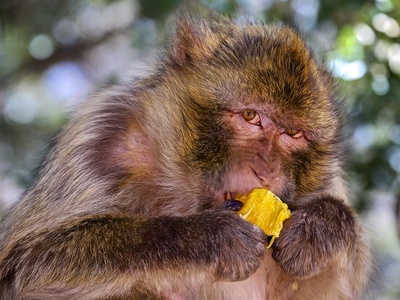
Barbary macaque
A stocky, tailless monkey of Atlas cedar forests and rocky slopes. Look for social troops, pale faces and long fur. Populations fragmented by habitat loss and tourism; one of North Africa’s best-known endangered mammals.
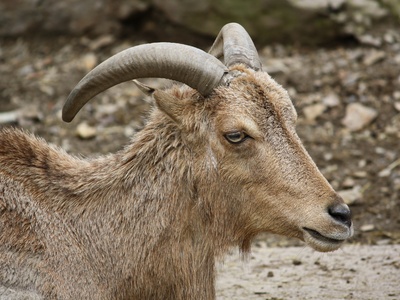
Barbary sheep
A shaggy, tan mountain ungulate with backward-curving horns and a beard. Prefers steep rocky terrain where it escapes predators. Populations have declined from hunting and habitat pressure but some populations persist in reserves.
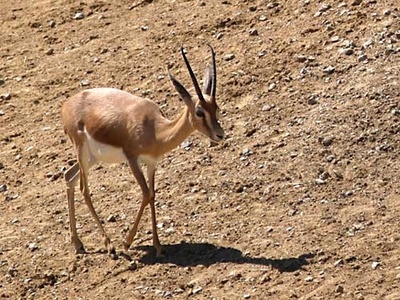
Dorcas gazelle
Small, delicate gazelle with pale coat and large eyes; active at dawn and dusk. Inhabits dunes, arid steppes and dry shrubland. Threatened by hunting and habitat loss across North Africa.
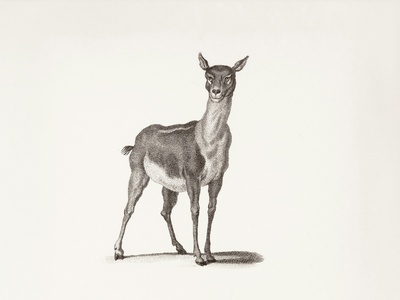
Cuvier’s gazelle
A medium-sized gazelle with reddish flanks and white underparts found in mountainous scrub and semi-desert. Secretive and declining from hunting and habitat fragmentation; often spotted in protected highland areas.
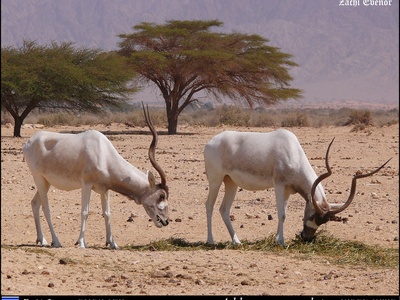
Addax
A pale, desert-adapted antelope with spiral horns and broad hooves for sand walking. Surviving populations are tiny and remote. Historically widespread across Sahara, now critically endangered from hunting and habitat changes.
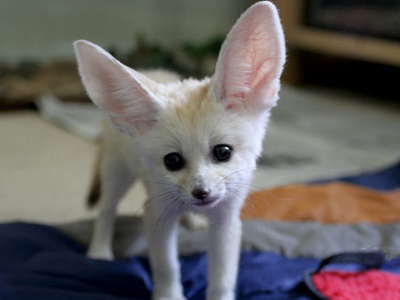
Fennec fox
Tiny desert fox with enormous ears and pale fur that dissipates heat. Active at night and often burrows in sand. Iconic and adaptable, though local pressures from pet trade and habitat loss exist.
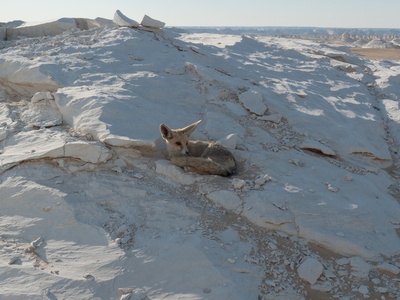
Rüppell’s fox
A small fox with greyish coat and black-tipped tail, shy and nocturnal. Prefers deserts and arid rocky habitats, feeding on insects, small mammals and fruits. Well-adapted to harsh conditions.
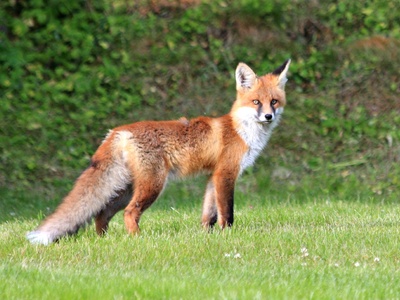
Red fox
A familiar medium-sized fox with bushy tail and varied coat colors. Found from coastal scrub to mountains and oases. Opportunistic omnivore and adaptable species across many North African habitats.
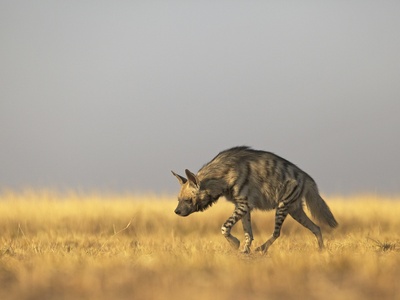
Striped hyena
A solitary, nocturnal scavenger with coarse fur and striped flanks. Often found near rocky outcrops and scrub. Populations are fragmented and vulnerable to persecution despite ecological importance.
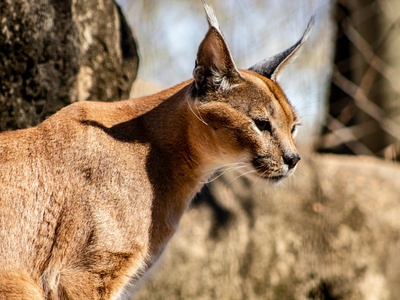
Caracal
A slender, powerful wild cat with tufted ears and striking facial markings. Hunts birds and small mammals with impressive leaping ability. Secretive and rare in human-dominated landscapes.
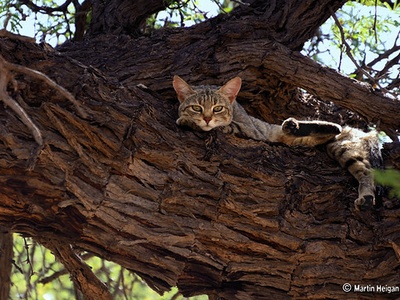
African wildcat
Small, tabby-like cat resembling domestic cats; solitary and nocturnal. Found across arid and semi-arid habitats; vital ancestor of domestic cats and often shy of humans.
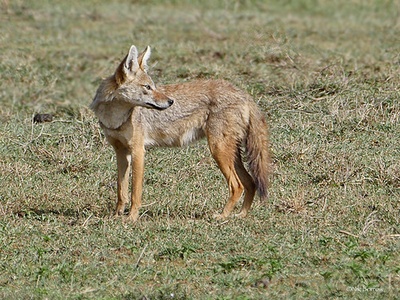
African golden wolf
Medium-sized canid with golden coat and long legs. Eats small mammals, carrion and fruits; adapts to varied landscapes from deserts to agricultural areas.
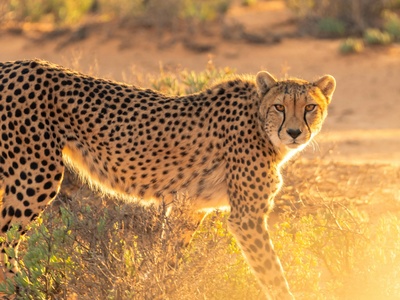
Cheetah
Slim, spotted big cat built for speed with tear streaks and non-retractable claws. Historically present in Sahara; today very rare or locally extirpated, with remnant Saharan populations critically threatened.
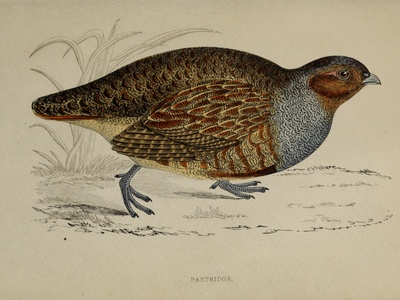
Barbary partridge
Stocky gamebird with grey-brown plumage and barred flanks. Walks rather than flies, common in scrubby hills and agricultural mosaics. Popular with birdwatchers and hunters.
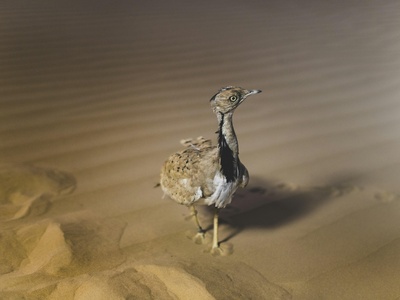
Houbara bustard
A medium-sized bustard with cryptic plumage, known for elaborate courtship displays. Prefers flat sandy plains and sparse shrubland. Heavily impacted by hunting and disturbance from human activities.
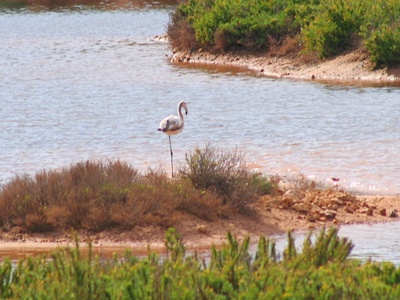
Greater flamingo
Tall, pink-washed wading bird with long legs and distinctive curved bill used for filter-feeding. Regular in coastal wetlands and salt lakes; large flocks are a spectacular sight.
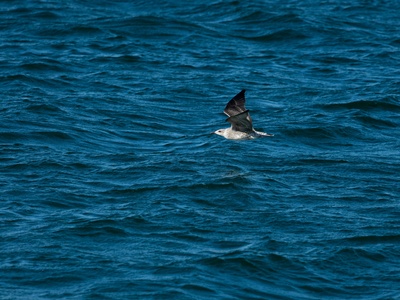
Audouin’s gull
Medium-sized gull with grey wings and red bill tip; breeds on islands and coastal cliffs. Regional threats include disturbance and fisheries impacts; important species for Mediterranean conservation.
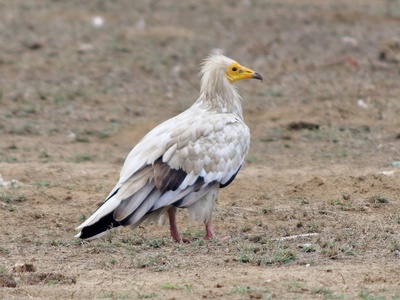
Egyptian vulture
A small vulture with white plumage and yellow face, often seen near coasts and cliffs. Eats carrion and shellfish; severe declines from poisoning, collisions and reduced food availability.
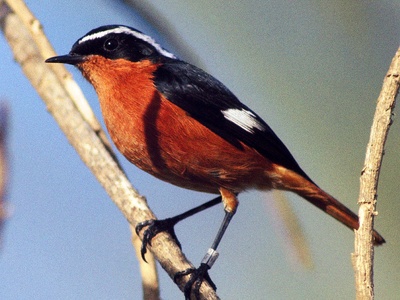
Moussier’s redstart
A compact, bold songbird with bright male orange-red tail and black-and-white face. Localized in northwest Africa’s rocky hills and scrub; a delightful endemic specialty for birdwatchers.
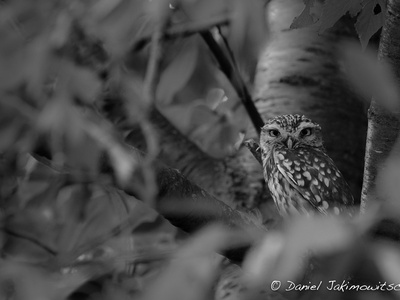
Little owl
A small, stocky owl with yellow eyes and spotted plumage. Often perches on posts and ruins; adapts well to human-altered landscapes and is active at dusk and night.
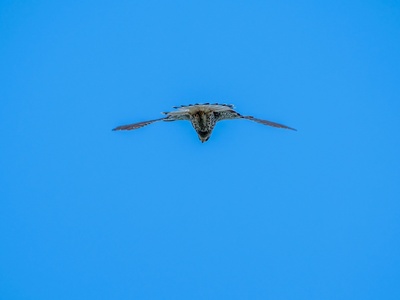
Common kestrel
A familiar raptor with hovering hunting behavior and rusty back. Preys on small mammals and insects; common along coasts, fields and semi-desert areas.
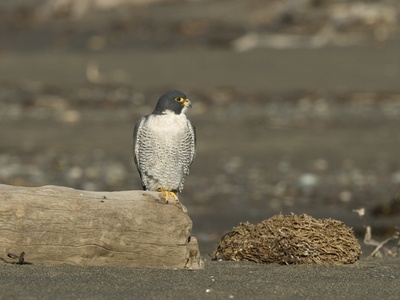
Peregrine falcon
A powerful falcon with dark head and barred underparts, famous for high-speed stoops. Nests on cliffs and tall buildings; widespread migrant and resident in North Africa.
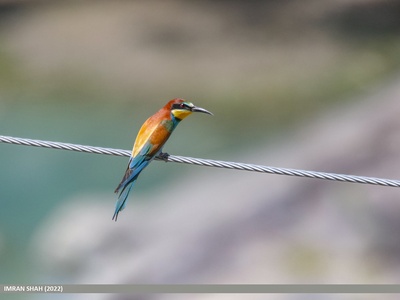
European bee-eater
A colorful, long-tailed bird with vivid green, blue and chestnut plumage. Breeds in sandy banks and open countryside, feeding on aerial insects; a striking summer visitor and breeder.
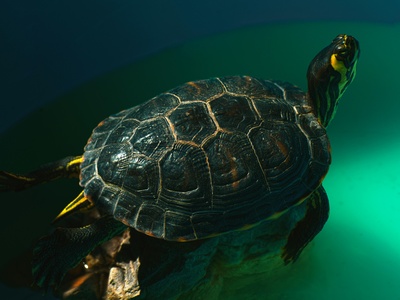
Loggerhead sea turtle
Large-headed marine turtle with reddish-brown shell; nests on sandy beaches of North Africa. Faces threats from fisheries, coastal development and pollution; conservation focuses on protecting nesting sites.
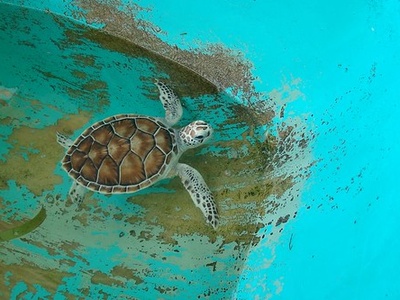
Green turtle
A large sea turtle with smooth, heart-shaped shell and herbivorous diet as adult. Nests on select Mediterranean beaches; heavily impacted by bycatch and coastal disturbance.
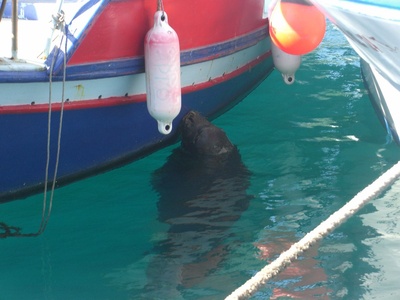
Mediterranean monk seal
One of the world’s rarest seals, favoring secluded coastal caves and islets. Small, shy and often solitary; population collapse from hunting and disturbance makes it a conservation priority.
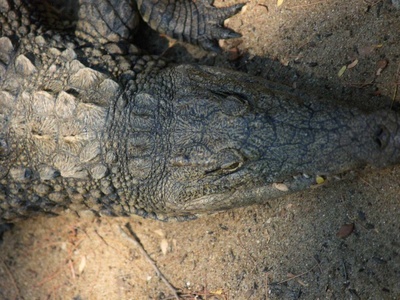
Nile crocodile
A large ambush predator in the Nile with heavy armored body and powerful jaws. Restricted to riverine habitats in Egypt and Sudan; protected but locally threatened by human conflict.
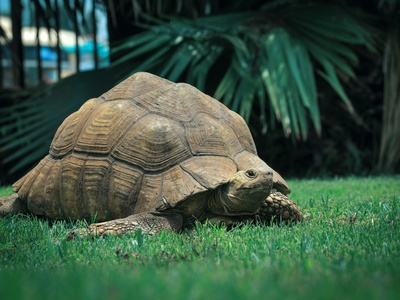
Egyptian tortoise
A tiny, pale tortoise under 15 cm with domed shell adapted to sandy habitats. Extremely threatened by collection for pet trade and habitat loss; conservation focuses on strict protection and breeding programs.
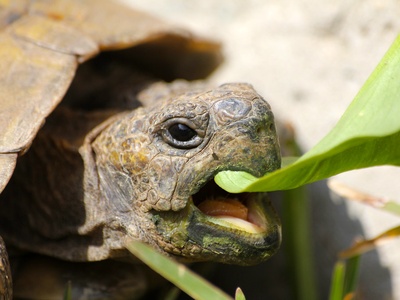
Greek (spur-thighed) tortoise
A medium tortoise with sturdy domed shell and scaled limbs; grazes on herbs and succulents. Common in rocky scrub but declining from collection and habitat change.
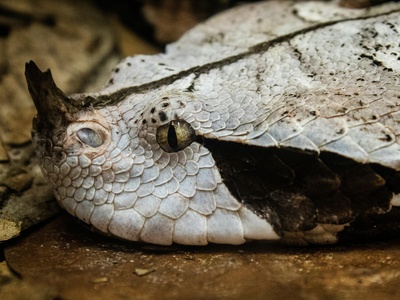
Horned viper
A stout, sand-dwelling viper with distinctive horn-like supraocular scales and sidewinding movement. Camouflaged in dunes; venomous but elusive, a classic desert reptile.
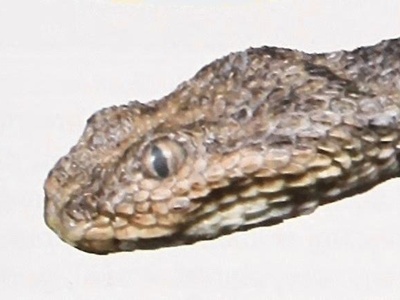
Sahara sand viper
A small, stout viper that hides under sand with only eyes exposed. Quick ambush predator of lizards and rodents. Look for telltale sidewinding tracks in dunes.
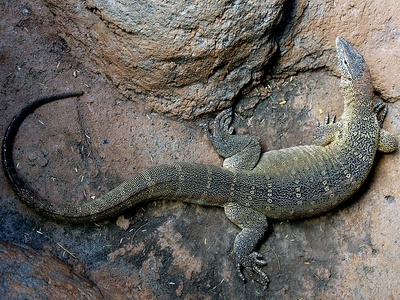
Nile monitor
A large, powerful lizard often seen patrolling riverbanks. Long tail and strong limbs allow swimming and climbing; feeds on fish, birds and small mammals.
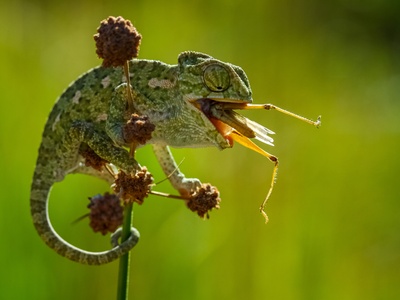
Mediterranean chameleon
A small, color-changing lizard with independently moving eyes and prehensile tail. Prefers scrub and gardens near coasts; slow-moving ambush predator of insects.
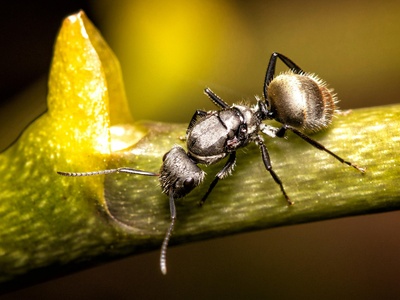
Saharan silver ant
A striking silvery ant famed for heat tolerance and rapid straight-line navigation across hot desert salt pans. Important scavenger in dune ecosystems and an iconic Sahara invertebrate.
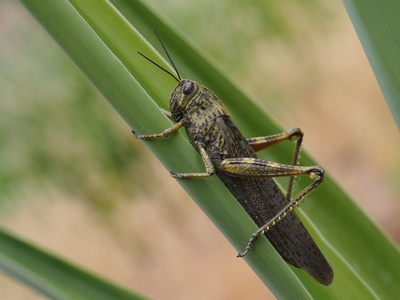
Desert locust
A large grasshopper species capable of dramatic swarming migrations that can devastate crops. Solitary in low numbers but forms dense swarms under certain conditions; major ecological and agricultural significance.
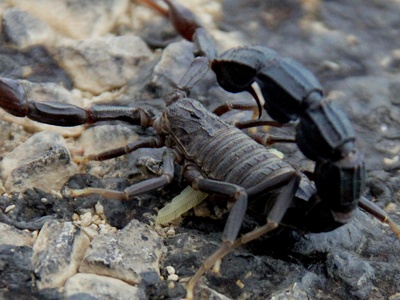
Fat-tailed scorpion
A robust, dangerous scorpion with a thick tail and potent venom. Hides under rocks and in burrows, active at night. Respected and feared by desert communities.
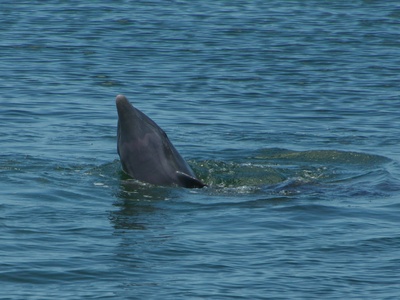
Common bottlenose dolphin
Familiar chunky dolphin with curved dorsal fin and sociable behavior. Seen near coasts, estuaries and bays; enjoys bow-riding and is popular with wildlife watchers.
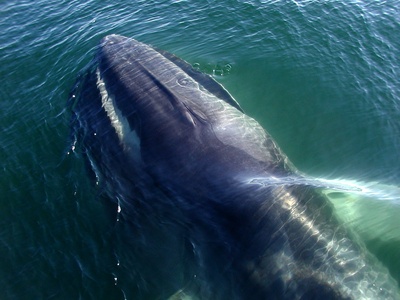
Fin whale
The second-largest whale, streamlined with a high dorsal fin and asymmetrical lower jaw coloring. Occurs seasonally offshore; vulnerable from ship strikes and historical whaling but still present in regional seas.
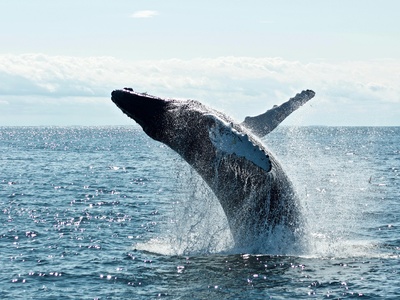
Sperm whale
Large-headed deep-diving whale recognizable by its square head. Uses deep waters off North African coasts for feeding; vulnerable to ship strikes and underwater noise.
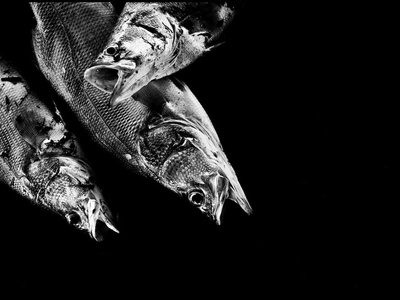
Nile perch
A large freshwater predatory fish introduced widely in Africa; in the Nile it is a top predator and important for fisheries. Recognizable by its stout body and big mouth.
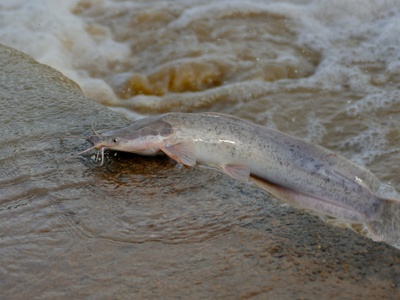
African catfish
A hardy, eel-like catfish with strong pectoral fins and air-breathing ability. Common in rivers and irrigation canals; an adaptable scavenger and predator.
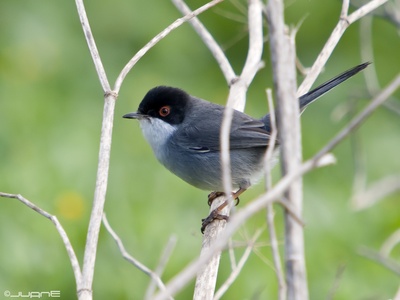
Sardinian warbler
A small active songbird with black cap (male) and white throat, frequent in coastal scrub and gardens. Often heard before seen with its harsh call.
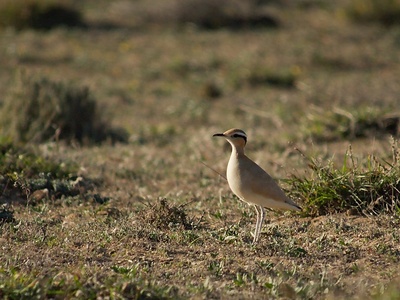
Cream-coloured courser
A long-legged, sandy-colored wader-like bird that runs across deserts hunting insects. Prefers open stony or sandy ground; subtle but charismatic in desert landscapes.
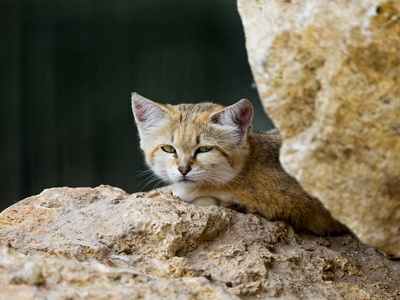
Sand cat
A small, pale desert cat with wide ears and furry footpads, built for sandy habitats. Nocturnal and elusive; rare but perfectly adapted to dune ecosystems.
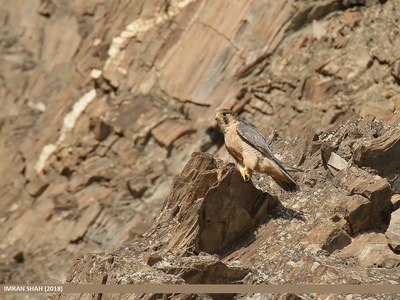
Barbary falcon
A compact falcon resembling a small Peregrine with warm tones. Nests on cliffs and hunts birds; a prized species for falconers historically.
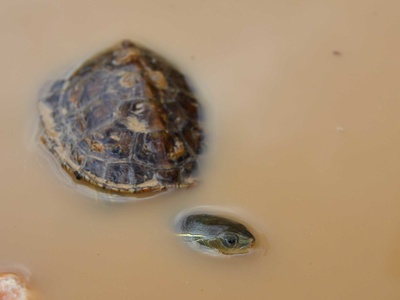
Caspian pond turtle
A medium freshwater turtle with patterned shell found in rivers, ponds and marshes. Faces wetland drainage and pollution threats but persists in quieter water bodies.
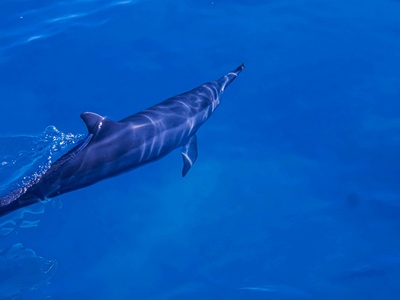
Striped dolphin
A sleek, fast dolphin with striped flanks and energetic behavior. Often seen in offshore waters in groups; an exciting sight for boat trips.
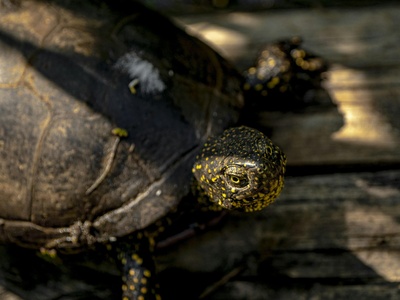
European pond turtle
A modest-sized freshwater turtle with dark shell and yellow markings. Inhabits calm waters and is threatened by habitat loss and water pollution.
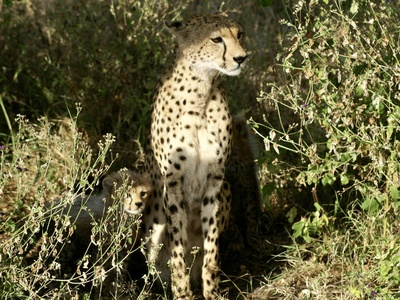
Saharan cheetah (historical remnant)
A desert-adapted cheetah subspecies historically in the central Sahara; extremely rare with tiny, fragmented populations. Sleek, spotted and adapted to open desert hunting; urgent conservation concern.
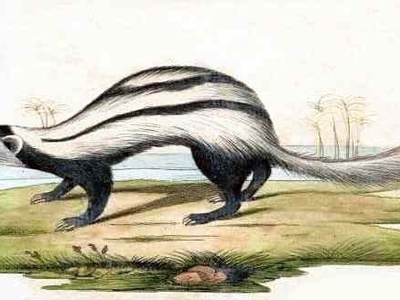
Saharan striped polecat
A small, mustelid predator with bold black-and-white markings and musk glands. Hunts rodents and reptiles in arid habitats; nocturnal and secretive.
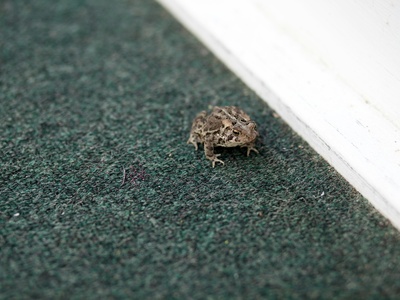
Green toad
A chunky toad with warty skin and greenish patches. Tolerates disturbed habitats like irrigation areas and oases; vocal at breeding ponds in spring.
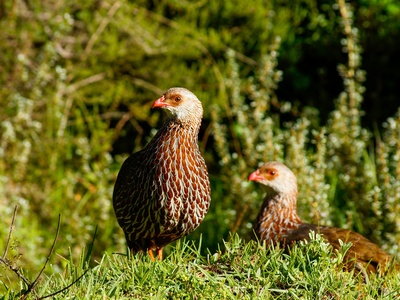
Red-necked francolin
A terrestrial gamebird with rufous neck and patterned plumage. Prefers dense scrub and cultivated mosaics; frequently heard before seen with a harsh call.
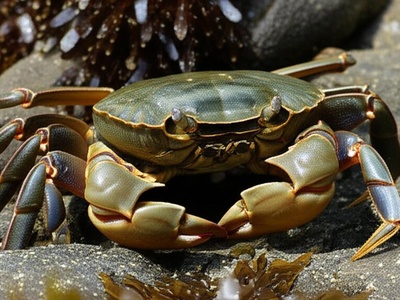
Shore crab (Mediterranean green crab)
A common intertidal crab with broad, angular carapace found on rocky shores and estuaries. Scuttles under rocks and among seaweeds; an important coastal scavenger.
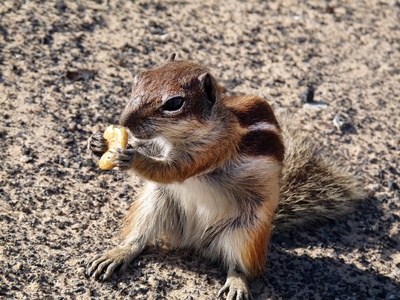
Barbary ground squirrel
A diurnal, social squirrel with reddish coat and bushy tail. Inhabits rocky terrain and oases, often seen around ruins and cliffs gathering seeds and fruits.
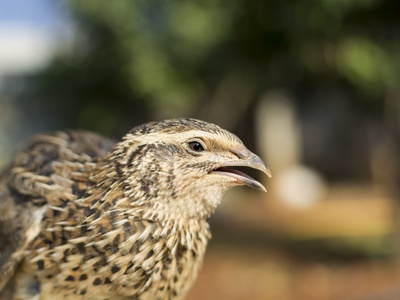
Common quail
A small, streaked gamebird that arrives to breed in grasslands and fallow fields. Elusive and migratory; recognized by its short flight and distinctive call.
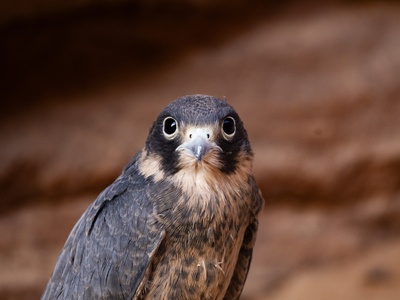
Sooty falcon
A medium falcon with uniform sooty plumage, nesting on rocky islets and coastal cliffs. Migratory species that winters in Africa; vulnerable to disturbance at breeding sites.
